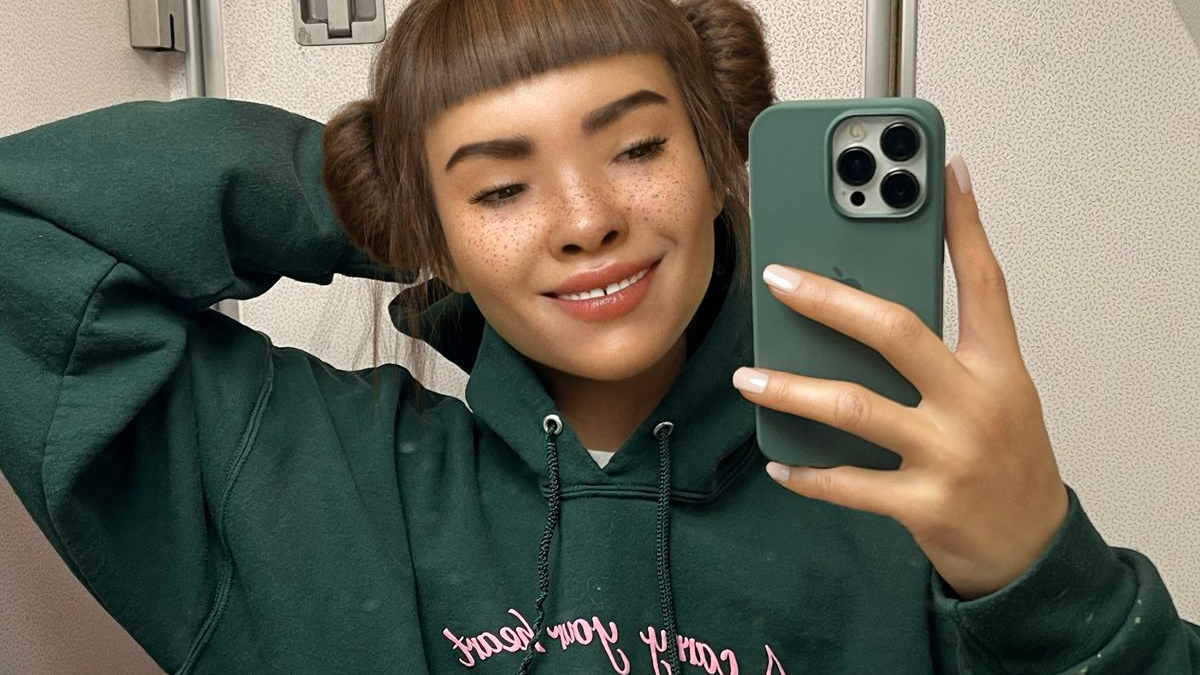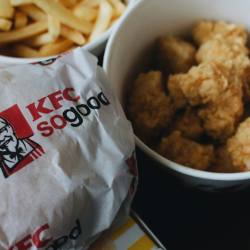The global influencer market has doubled since 2019. It’s been on the rise since the advent of social media with the market being valued at a record $16.4 billion in 2022. This meteoric rise is fuelling the growth of social commerce, as more of us research and buy directly on social media. Influencers are a core component of marketing strategies for brands around the world, as they seek to leverage their followers to drive purchase decisions and sales.
But brand influencer relationships aren’t immune from controversy. High profile problems range from contract and content disputes, to issues over control of the narrative and influencer scandals to name just a few. These issues can become a real problem for brands and damage reputations.
So, how can these issues be tackled while maintaining the stand-out success influencer marketing can clearly achieve? The answer lies in virtual influencers.
Virtual influencers — the face of the future
With the help of experts, brands can now create and design virtual avatars with similar aesthetic and personality traits to human influencers. This reflects brands’ interest in, and evolution into, digital worlds such as the metaverse. Brands based in China and Southeast Asia have led the way in using virtual influencers for social commerce strategies so far but the wider success of influencers such as Lil Miquela demonstrates this is now a global trend.
The likes of Prada, Balmain and M&S have all created virtual influencer campaigns, demonstrating the popularity and integration of this new technology into social commerce in both luxury and mainstream sectors.
Virtual influencers offer infinite creative possibilities in terms of style, appearance and environments, while also capturing the imagination of a digital-first audience. It has been reported that virtual influencers have a higher engagement rate, too. HypeAuditor found that virtual influencers have engagement rates that are over three times higher than their traditional counterparts.
Virtual and human influencers — a powerful pairing
The creation of virtual influencers allows brands to reach and engage a younger audience and build a community of customers who are interested in this new form of technology.
Some pushback within certain segments of audiences is inevitable at this early stage but brands have shown that they are keen to learn more and move forward. Aside from being more cost-effective, virtual influencers offer brands increased engagement.
Yet it’s also important to realise that virtual influencers aren’t intended to replace real people. What’s more, there is a case for brands to include both virtual and human influencers in campaigns. As consumers become more familiar with digital worlds and avatars, virtual influencers are becoming more accepted. Human influencers however give a level of authenticity to social media campaigns allowing consumers to see how products can work for them in real life rather than in digital form. If brands can utilise each type of influencer, their social campaigns will appeal to a wider target market.
The power of virtual influencers lies in their ability to offer a new and innovative way for brands to connect with their audience. These AI-powered characters provide a safe, consistent, and creative option for companies to market their products and services to provide valuable insights on consumer behaviour. As technology continues to advance, the use of virtual influencers is likely to become increasingly prevalent in the marketing industry.
Featured Image: Lil Mequela / Twitter




























